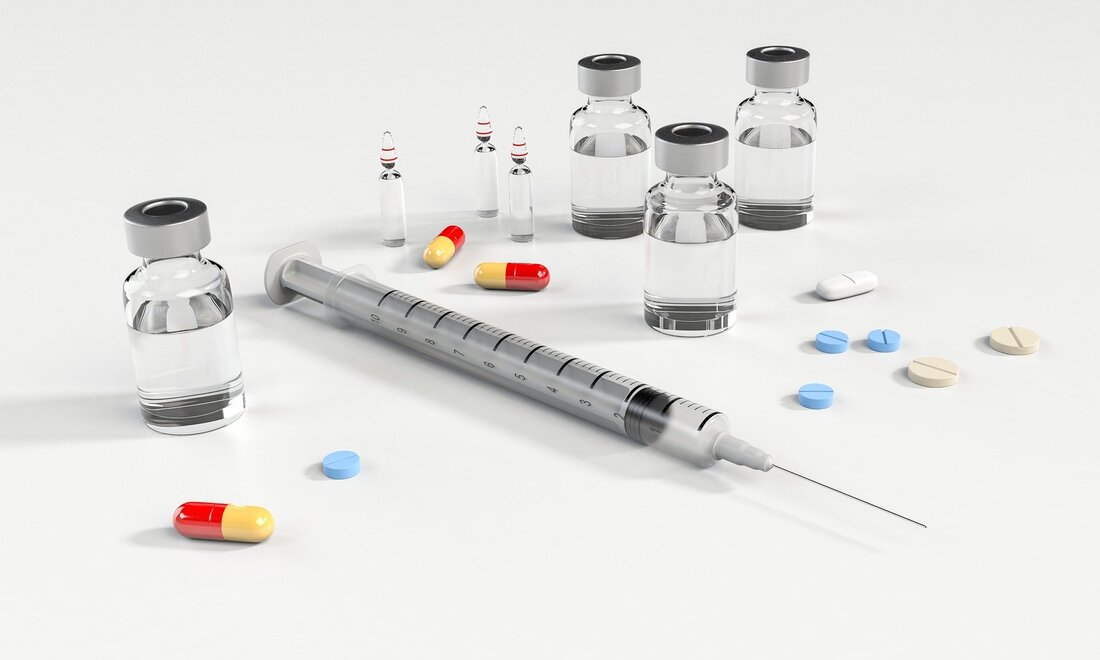|
What is Surgery – Causes of Excessive Sweating
Hyperhidrosis DEFINITION Excessive sweating by eccrine glands beyond physiological requirements is a disease. Primary focal, secondary generalised, and localised are the three types. AETIOLOGY The main focus is on eccrine sweat glands, due to neurogenic sympathetic overactivity on them. Secondary causes include Diabetes, thyrotoxicosis, hypoglycemia, gout, pheochromocytoma, menopause, infections, such as tuberculosis, medicine (propanolol, physostigmine, pilocarpine, tricyclic antidepressants, venlafaxine), alcoholism, and cancer are all examples of secondary generalised hyperhidrosis. Gustatory stimuli (Frey's syndrome), eccrine naevus, eccrine angiomatous hamartoma, Riley–Day syndrome are all localised conditions (familial dysautonomia). EPIDEMIOLOGY Palmoplantar hyperhidrosis is 20 times more common in Japanese ethnicity, with an estimated incidence of 0.6–2.8 percent. HISTORY Hands, feet, and/or axillae that are wet/sweaty may result in social shame and, in certain cases, professional issues. Patients may grumble about having to change clothes frequently. Puberty is the most common time for primary focal hyperhidrosis to appear. The onset of hyperhidrosis later in life should motivate a search for secondary reasons. EXAMINATION Sweating that is visible can be a sign of dermatitis or tinea. Minor’s Iodine–starch test: The light brown iodine colour turns dark purple as an iodine-starch complex formed in sweat when starch is rubbed upon skin previously painted with 2% iodine. INVESTIGATIONS Only if you have hyperhidrosis in general. TFTs, glucose, urate, LH/FSH, and urinary catecholamines are all measured in the blood. Imaging: As needed, such as a CXR, CT, or MRI scan. MANAGEMENT First-line topical therapies, such as aluminium chloride and glycopyrrolate. lonophoresis: uses a direct current to travel through the skin, and involves a 30-minute daily treatment of the palm or sole (mechanism of action unclear). Intradermal botulinum toxin injection Is effective and lasts 4–12 months if reconstituted in lignocaine may be less painful. Anticholinergics, such as oxybutynin, have unpleasant side effects such as dry mouth and eyes. Surgery: T2/3 palmar hyperhidrosis, T3/4/5 axillary hyperhidrosis, and T1 face hyperhidrosis are treated with thorascopic sympathectomy, which comprises segmental resection, transection, cauterization, or clipping of the sympathetic chain. Immediately effective (success rate of 9B–98%). Axillary skin disconnection/excision (risk of scarring, skin necrosis) or subcutaneous liposuction with dermal curettage to remove eccrine sweat glands are two other axillary methods. COMPLICATIONS Skin irritation, as well as physical, psychological, social, and occupational illness. The following are the effects of thorascopic sympathectomy: Horner's syndrome, recurrence, compensatory sweating (up to 50%–60%), pneumothorax, intercostal neuralgia PROGNOSIS There is no increased mortality, but it can have an impact on quality of life. Previously difficult to manage, current treatments have proven to be helpful.
0 Comments
Leave a Reply. |
Kembara's Health SolutionsDiscovering the world of health and medicine. Archives
June 2023
Categories
All
|

 RSS Feed
RSS Feed